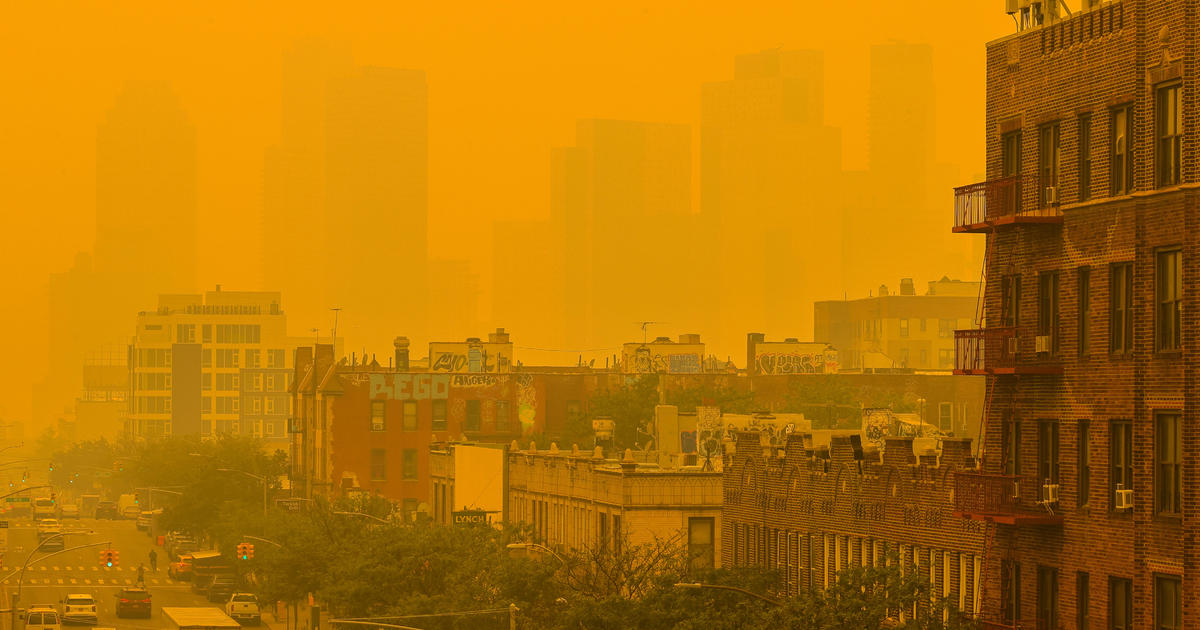Amidst the haze caused by Canada’s wildfires, millions of Americans have been seeking information on the severity of the situation. However, understanding the terms “unhealthy” or “hazardous” air quality can be challenging. That’s where the Air Quality Index comes in.
What is the Air Quality Index?
The Air Quality Index is a nationwide measurement system used to assess air pollution severity and categorize the associated health risks. The index utilizes six color-coded categories: good (green), moderate (yellow), unhealthy for sensitive groups (orange), unhealthy (red), very unhealthy (purple), and hazardous (maroon).
According to the National Weather Service, the health impacts included in the index are those that people are likely to experience within a few hours or days of being exposed to the air.
How is air quality measured?
The Environmental Protection Agency calculates the Air Quality Index, which ranges from 0 to 500, based on five major pollutants regulated by the Clean Air Act: ground-level ozone, particulate matter, carbon monoxide, sulfur dioxide, and nitrogen dioxide. Ground-level ozone and airborne particles are considered the greatest threat to human health.
What do the numbers mean?
Each Air Quality Index category corresponds to a specific range of values:
- Good (green): 0 to 50
- Moderate (yellow): 51 to 100
- Unhealthy for sensitive groups (orange): 101 to 150
- Unhealthy (red): 151 to 200
- Very unhealthy (purple): 201 to 300
- Hazardous (maroon): 301 and higher
In essence, lower index numbers indicate cleaner air. The only category considered satisfactory is when the index value is no more than 50. Values between 51 and 100 are still acceptable but pose some risk. As the index value rises, the risk to people’s health increases.
Once the air reaches the “very unhealthy” level, the general public is at risk of experiencing various health impacts, ranging from headaches and fatigue to more serious issues like heart attacks or strokes. At the “hazardous” level, there is an air quality emergency, and individuals with chronic respiratory or cardiovascular conditions face even greater health risks.
What is the air quality near me?
Air Quality Index values fluctuate throughout the day due to weather conditions and patterns. AirNow.gov provides the latest status for your area. By entering your zip code, you can see the current index value and color category for your city, along with the time of the last update.
The website also provides information on the specific pollutant causing issues, the population groups most at risk, and recommended activities. For example, in New York City, the Thursday morning reading indicated a “very unhealthy” AQI value of 215 for PM2.5 (particulate matter). Individuals with heart or lung disease, the elderly, and children and teens were advised to avoid outdoor physical activity. In such conditions, everyone else should avoid strenuous and prolonged outdoor activities.
Denial of responsibility! VigourTimes is an automatic aggregator of Global media. In each content, the hyperlink to the primary source is specified. All trademarks belong to their rightful owners, and all materials to their authors. For any complaint, please reach us at – [email protected]. We will take necessary action within 24 hours.





